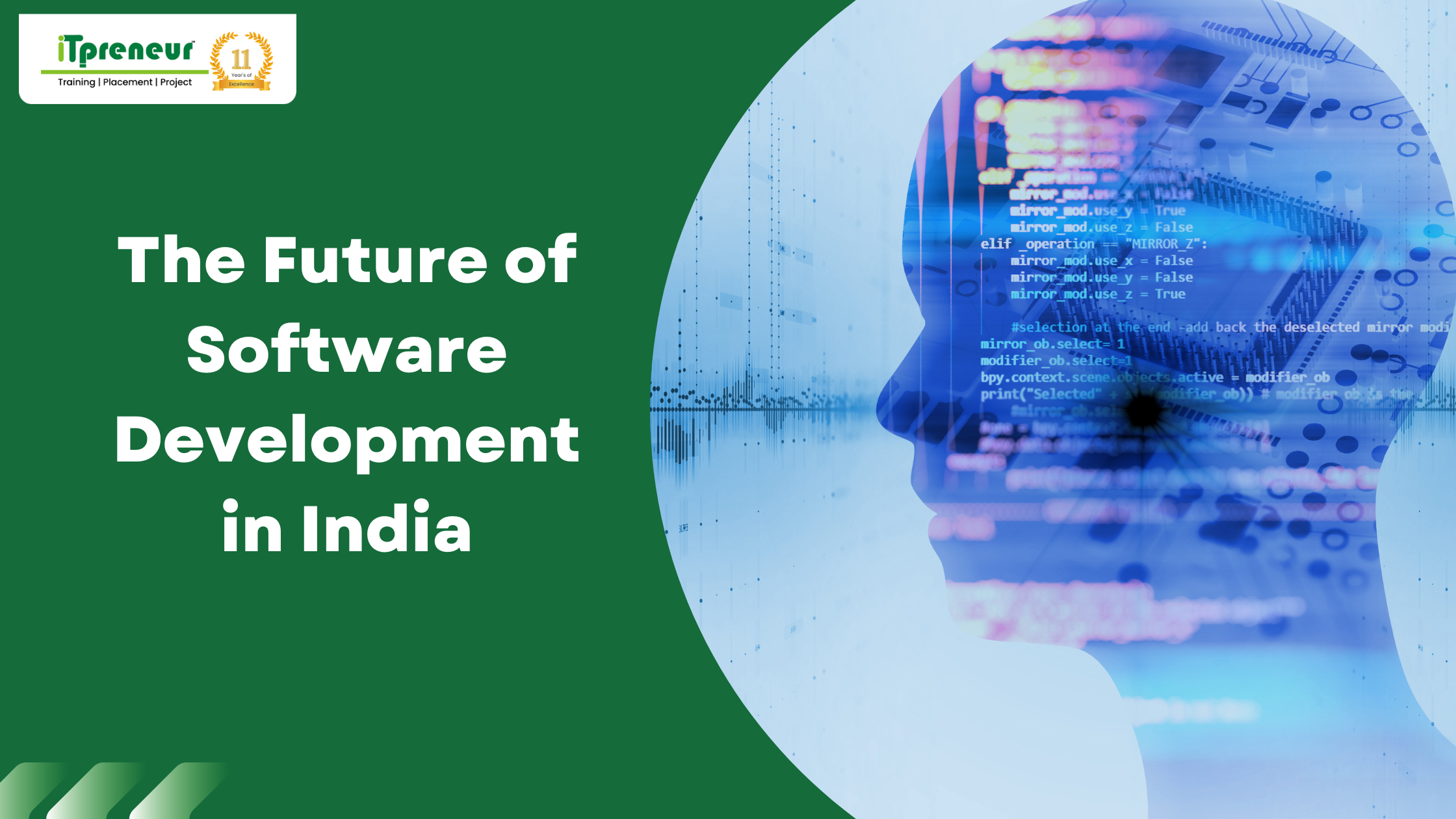
Top 6 Emerging Cybersecurity Trends of the Year 2024
The digital age has brought incredible convenience and opportunity. But with great power comes great responsibility, especially when it comes to protecting ourselves online. Cybersecurity, once a niche concern, has become an essential practice for both businesses and individuals. Let’s explore why staying ahead of the curve in cybersecurity is no longer optional, it’s critical.
The Ever-Expanding Threat Landscape:
Our digital world is constantly evolving, and so are the threats we face. Cybercriminals are becoming more sophisticated, developing new tactics to steal data, disrupt operations, and exploit vulnerabilities. From phishing emails to ransomware attacks, the potential consequences can be devastating.
A World of Valuable Data:
The amount of data we generate and store online is staggering. From financial records and personal information to intellectual property and trade secrets, this data is a goldmine for cybercriminals. A successful attack can cripple a business, erode customer trust, and cause significant financial losses.
Why Staying Updated is Crucial:
Cybersecurity is an ongoing battle. Just like criminals develop new methods, so too do security professionals develop new defenses. Staying updated on the latest trends allows you to:
- Identify and address vulnerabilities: New software updates often patch security holes. Proactive businesses and individuals prioritize timely updates to minimize risk.
- Recognize emerging threats: Being aware of the latest phishing scams, malware tactics, and social engineering techniques helps you stay vigilant and avoid becoming a victim.
- Leverage new security solutions: The cybersecurity industry is constantly innovating. Staying informed allows you to take advantage of new tools and technologies to further strengthen your defenses.
Cybersecurity for Everyone:
Cybersecurity isn’t just for IT departments anymore. Everyone who interacts with the digital world has a role to play. By understanding basic security principles and staying updated on trends, individuals can make informed decisions to protect themselves online.
1. Zero Trust Architecture
Traditional network security relies on a “castle and moat” approach, trusting everything inside the perimeter. Zero Trust flips this concept, assuming breach and verifying every access request. This means strong authentication, least privilege access, and continuous monitoring for all users, devices, and applications, regardless of location. Zero Trust is gaining traction across industries like finance, healthcare, and technology due to its effectiveness in mitigating modern cyber threats. While implementation can be complex, the benefits of Zero Trust outweigh the challenges. In 2024, organizations that embrace Zero Trust will gain a significant edge in protecting their data and critical assets.
2. AI and Machine Learning in Cybersecurity
The ever-evolving world of cyber threats is met by a powerful defense: Artificial Intelligence (AI) and Machine Learning (ML). AI in cybersecurity analyzes vast amounts of data to identify patterns and anomalies that might signal an attack, vastly exceeding human capabilities. ML algorithms learn and adapt, continuously improving threat detection and response. AI-driven tools like behavioral analytics and endpoint protection software can identify suspicious activity and take action in real-time. The future holds even more promise, with AI advancements predicted to anticipate and prevent attacks before they occur.
3. Cloud Security Enhancements
As our dependence on cloud storage and services soars, so do the potential security risks. Thankfully, innovation is keeping pace. Cloud providers are constantly developing cutting-edge security measures like zero-trust architecture, AI-powered threat detection, and confidential computing that encrypts data even while in use. To stay ahead of the curve in 2024, businesses must prioritize best practices like enforcing multi-factor authentication, maintaining strict identity and access management, and leveraging the advanced security features offered by their cloud providers.
4. Rise of Ransomware and Sophisticated Attacks
Ransomware attacks have become a major concern, crippling businesses and organizations with data encryption and extortion demands. Recent high-profile attacks have targeted critical infrastructure, highlighting the potential for widespread disruption. Ransomware tactics have evolved beyond simple data lockouts. Criminals now exfiltrate sensitive information, threatening to expose it alongside encryption, adding pressure to pay. To combat this growing threat, organizations need a layered defense strategy that includes robust backups, user education, and incident response plans to ensure swift recovery and minimize damage.
5. IoT Security Challenges
The explosion of internet-connected devices, known as the Internet of Things (IoT), presents a vast and growing attack surface. These devices, while convenient, often lack robust security features, making them vulnerable to hacking. To protect these intricate ecosystems, a layered security approach is necessary. This includes strong passwords, encryption of data, and regular security updates for both devices and the platforms they connect to. As we look towards the future, AI-powered threat detection and blockchain technology offer promising solutions for securing the ever-evolving world of IoT.
6. Regulatory and Compliance Changes
The regulatory landscape surrounding cybersecurity is constantly evolving, with new laws and compliance requirements emerging to address the ever-changing threat landscape. These regulations can have a significant impact on businesses, mandating specific security controls and data protection measures. To navigate this evolving environment, businesses should stay informed about upcoming regulations, proactively assess their compliance posture, and implement security practices that align with legal requirements. This proactive approach helps businesses not only avoid hefty fines but also demonstrates their commitment to protecting valuable data and customer trust.
Conclusion
In an era where digital threats are constantly evolving, staying ahead in cybersecurity is critical. From embracing Zero Trust Architecture to leveraging AI and enhancing cloud security, the strategies outlined here can significantly bolster your defenses. By understanding and adapting to the latest trends, you not only protect valuable data but also ensure the resilience and integrity of your operations. Cybersecurity is no longer just an IT concern; it is a fundamental aspect of modern life that everyone must prioritize. Equip yourself with these essential practices to navigate the digital world safely and confidently.





